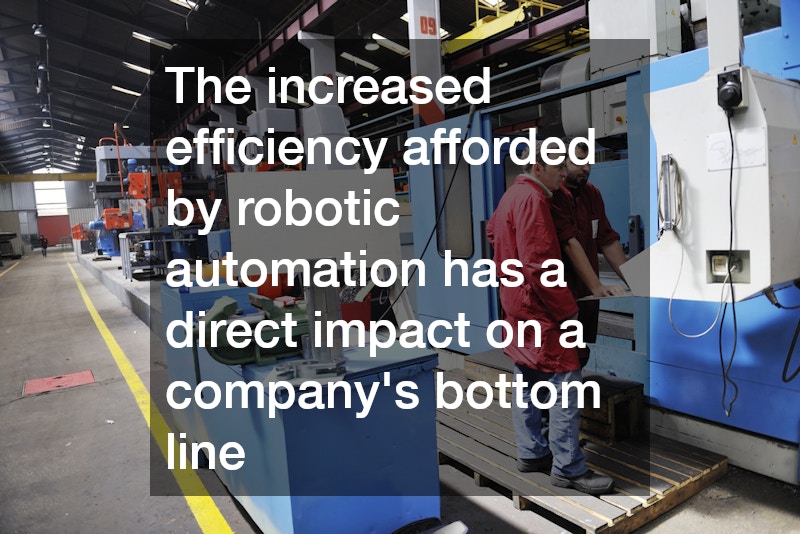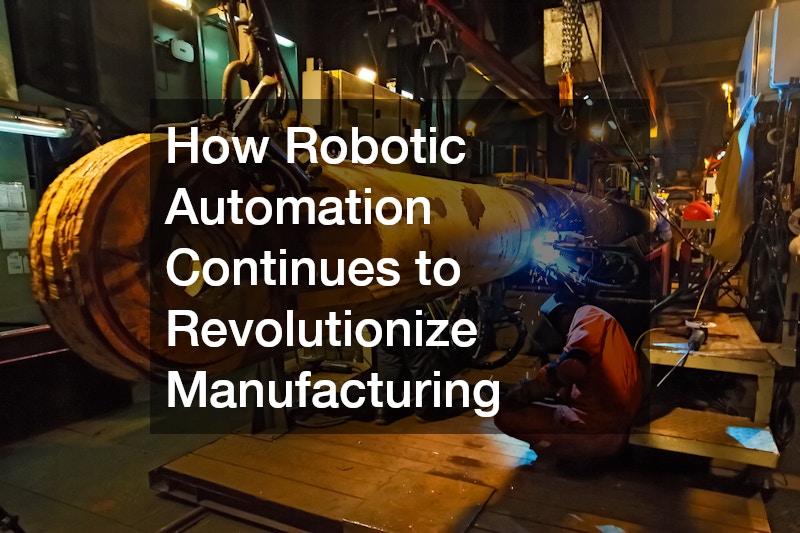Over the decades, the manufacturing sector has witnessed significant advancements due to robotic automation. The integration of robotic systems dates back to the mid-20th century but has seen exponential growth and refinement in the past few decades. Initially, robotics were introduced to streamline simple, repetitive tasks, reducing human error and increasing productivity. Today, they have evolved to handle complex processes, including assembling intricate components and quality inspection. The capability of robotic systems to learn and adapt has further enhanced their deployment across diverse manufacturing settings.
The introduction of robotic fabrication has been a game-changer, allowing for a seamless transition from design to production. Robotic fabrication systems enable the efficient production of components with precise specifications, significantly reducing waste. Modern manufacturing plants have integrated these systems to remain competitive, leveraging their capacity to produce high-quality products in large volumes. Moreover, the adaptability of robotic systems means that they can be reprogrammed or retooled, allowing manufacturers to shift production with minimal downtime. As a result, robotic automation has become an indispensable part of the manufacturing process.
Advancements in artificial intelligence and machine learning have played a pivotal role in the evolution of robotic automation. These technologies empower robots to process information from sensors, analyze data, and make decisions in real-time, effectively mimicking human decision-making. For instance, in automotive manufacturing, robots can detect defects during assembly and adjust their operations to accommodate new parts or designs. This adaptability has resulted in the creation of smarter, more efficient manufacturing environments. As these technologies advance, the potential applications of robotic systems continue to expand, pointing towards a future where automation will play an even greater role in manufacturing.
The Impact of Robotic Automation on Efficiency and Productivity
One of the most significant impacts of robotic automation in manufacturing is the dramatic increase in efficiency and productivity. Robots can operate around the clock, without fatigue, ensuring continuous production cycles that maximize output. The precision of robotic systems reduces errors and maintains high quality, which is critical in industries like aerospace and electronics where precision is paramount. This 24/7 capability not only boosts production rates but also allows companies to meet market demands more swiftly. Consequently, companies that implement robotic automation can respond to consumer needs faster, giving them a competitive edge in the global market.
Furthermore, robotic automation reduces the need for extensive manual labor, which can be costly and subject to human limitations. By automating repetitive or dangerous tasks, companies not only cut costs but also improve workplace safety. This shift also enables the workforce to focus on more complex, creative tasks, fostering innovation and growth within the industry. By combining human creativity with robotic precision, manufacturers build robust workflows that enhance both productivity and employee satisfaction. This synergy between man and machine has redefined what is possible in manufacturing environments.
The increased efficiency afforded by robotic automation has a direct impact on a company’s bottom line. With lower operational costs and higher production rates, businesses can offer competitive pricing, driving increased sales and growth. Moreover, the quick turnaround time for products ensures a faster time-to-market, which is essential in dynamic industries where consumer expectations and technological advancements are rapidly changing. As manufacturers embrace these efficiencies, they not only see improvements within their operations but also contribute to economic growth by providing better products at lower prices, reducing industrial waste, and driving innovation across multiple sectors.
Future Prospects and the Role of Robotic Fabrication
Looking forward, the role of robotic automation in manufacturing is poised to expand even further. As technology advances, robotics are expected to become increasingly sophisticated and integrated with other technological innovations. One such innovation is the IoT (Internet of Things), which, when combined with robotics, allows for unprecedented levels of connectivity and precision in manufacturing processes. This integration will enable real-time data analysis and decision-making, further refining production lines and increasing efficiency. As manufacturers incorporate IoT enabled robotics, they can anticipate and respond to issues before they occur, minimizing downtime and optimizing production processes.
Robotic fabrication is set to play a crucial role in the future of manufacturing, transcending traditional production methods. As 3D printing technologies evolve and merge with robotic fabrication, the boundaries of manufacturing will be pushed. The ability to produce customized products at mass-production speeds will open new markets and opportunities. For instance, in the construction industry, robotic fabrication can create complex structures with precision and efficiency, revolutionizing how buildings and infrastructure are constructed. This innovation not only reduces construction times and costs but also enhances the sustainability of projects by minimizing waste.
As the manufacturing landscape continues to evolve, it is crucial for industries to invest in training and development to ensure that employees can work alongside these advanced robotic systems. This includes upskilling the current workforce in areas such as programming, maintenance, and collaborative robotics. By doing so, manufacturers will be better equipped to harness the full potential of robotic automation. As we progress into this era of innovation, robotic automation promises to continue shaping industries, enhancing both productivity and creativity. Its ability to integrate with cutting-edge technologies signals a promising future for manufacturing and industries worldwide.


